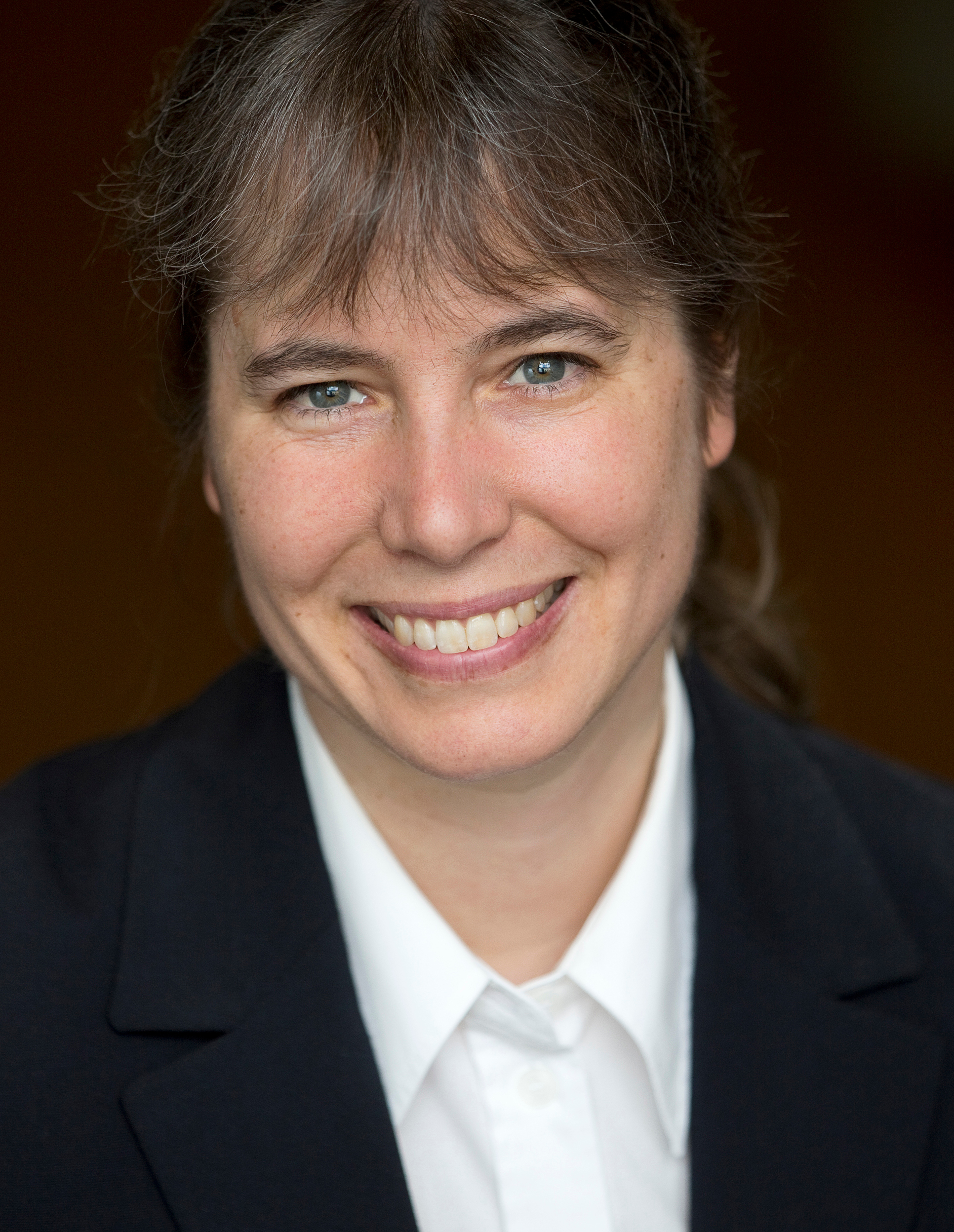
Projektleiter:
Prof. Dr. Christiane Kraus
/
Prof. Dr. Gitta Kutyniok
/
Prof. Dr. Barbara Wagner
Projekt Mitglieder:
Esteban Meca Álvarez
/
Dr. Arne Roggensack
Laufzeit: -
Status:
beendet
Standort:
Technische Universität Berlin
/ Weierstraß-Institut
Projektleiter:
Prof. Dr. Tim Conrad
/
Prof. Dr. Gitta Kutyniok
/
Prof. Dr. Christof Schütte
Projekt Mitglieder:
Nada Cvetkovic
Laufzeit: 01.06.2017 - 31.12.2019
Status:
laufend
Standort:
Freie Universität Berlin
/ Technische Universität Berlin
/ Konrad-Zuse-Zentrum für Informationstechnik Berlin
Projektleiter:
Prof. Dr. Tim Conrad
/
Prof. Dr. Gitta Kutyniok
/
Prof. Dr. Christof Schütte
Projekt Mitglieder:
Nada Cvetkovic
/
Martin Genzel
Laufzeit: -
Status:
beendet
Standort:
Freie Universität Berlin
/ Technische Universität Berlin
Projektleiter:
Prof. Dr. Gitta Kutyniok
Projekt Mitglieder:
-
Laufzeit: 01.10.2014 - 30.09.2016
Status:
beendet
Standort:
Technische Universität Berlin
Projektleiter:
Prof. Dr. Gitta Kutyniok
Projekt Mitglieder:
-
Laufzeit: 01.10.2015 - 30.09.2018
Status:
beendet
Standort:
Technische Universität Berlin
Projektleiter:
Prof. Dr. Gitta Kutyniok
Projekt Mitglieder:
-
Laufzeit: 01.01.2013 - 30.06.2016
Status:
beendet
Standort:
Technische Universität Berlin
Projektleiter:
Prof. Dr. Gitta Kutyniok
Projekt Mitglieder:
-
Laufzeit: 01.10.2015 - 30.09.2018
Status:
beendet
Standort:
Technische Universität Berlin